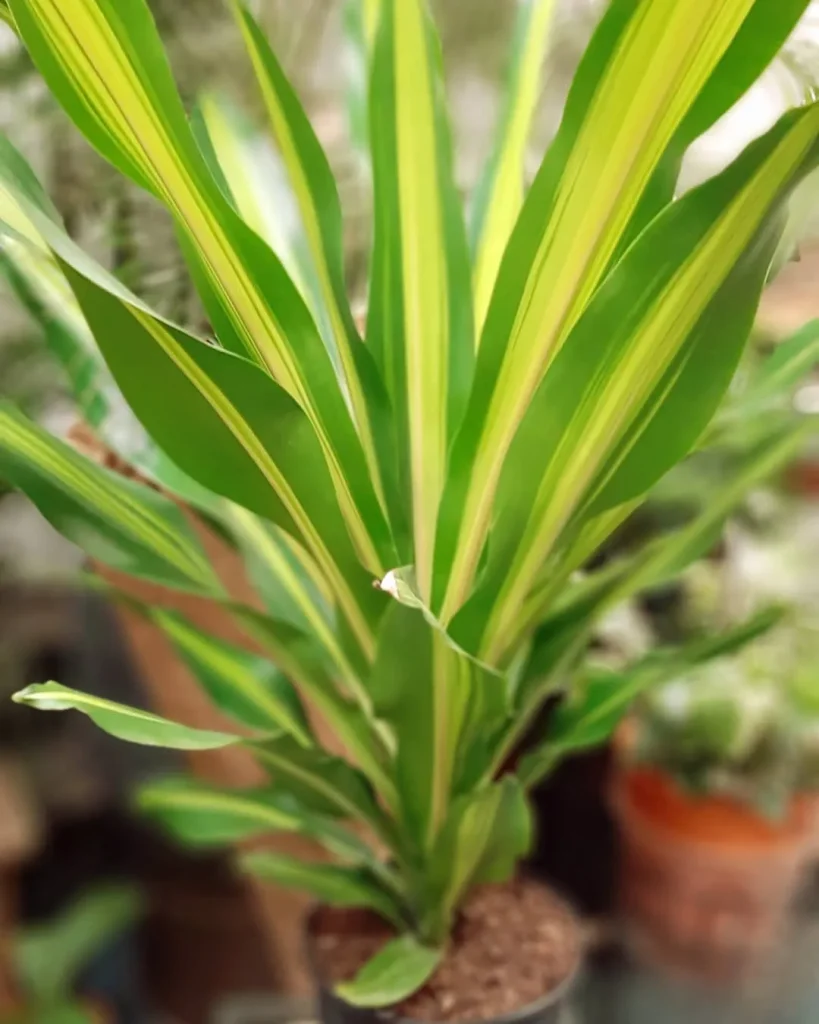Melaleuca Nesophila: The Pink Powerhouse for Your Garden
As a plant enthusiast, I’m always on the lookout for vibrant, low-maintenance additions to my garden. That’s where the Melaleuca nesophila, or Pink Melaleuca, truly shines. This Australian native has become a favorite for its stunning looks and resilience. But is it the right choice for you? Let’s delve into some frequently asked questions about this captivating shrub.
385 Species in Genus Melaleuca
What Makes the Melaleuca Nesophila Special?
The Pink Melaleuca is a visual treat. It boasts dense, deep green foliage that provides a lush backdrop for the star of the show: its captivating flowers. These beauties appear in spring and summer, resembling fluffy pink pom-poms. As they mature, the color fades to a delicate white, adding a touch of elegance.
This isn’t just a pretty face, though. The Melaleuca nesophila is a champion of adaptability. It thrives in full sun, tolerates coastal winds and salty spray, and happily sips on minimal water. These qualities make it perfect for hot, dry climates and coastal gardens.
Fun fact: The name “Melaleuca” comes from the Greek words “melas” (black) and “leukos” (white), referencing the dark trunks and light-colored papery bark found on many species in the genus.
How Does the Melaleuca Nesophila Compare to Other Popular Shrubs?
Here’s a quick comparison to help you decide if the Pink Melaleuca is the perfect fit:
- Crepe Myrtle (Lagerstroemia): Both boast vibrant flowers, but the Crepe Myrtle requires more water and prefers acidic soil. The Melaleuca nesophila is a champion of drought tolerance and adapts to various soil types.
- Butterfly Bush (Buddleia davidii): A magnet for butterflies, the Butterfly Bush shares the sun-loving nature of the Melaleuca nesophila. However, the Butterfly Bush can be short-lived and requires more frequent pruning.
- Oleander (Nerium oleander): This popular shrub thrives in similar conditions as the Melaleuca nesophila. However, be aware that all parts of the Oleander are highly toxic, making it a poor choice for gardens with pets or young children. The Melaleuca nesophila is non-toxic.
How to plant and care for Melaleuca Nesophila?
Adding this beauty to your garden is easy. Choose a spot with full sun and well-drained soil. The Melaleuca nesophila isn’t picky about soil quality, but adding some organic matter like compost can’t hurt. Water deeply during the first growing season, then allow the soil to dry slightly between waterings.
Pro tip: Prune lightly after flowering to encourage bushier growth and promote more blooms next season.
How big does the Melaleuca nesophila get?
Typically, it reaches 8-10 feet tall and 6-8 feet wide. However, it responds well to pruning and can be maintained at a desired size.
Does the Melaleuca nesophila attract pollinators?
Yes! The vibrant flowers attract butterflies, bees, and hummingbirds, adding a touch of life to your garden.
Is the Melaleuca nesophila disease-resistant?
Generally, it’s a healthy plant with no major disease or pest concerns. However, it’s susceptible to root rot if overwatered.
Can the Melaleuca nesophila be grown in a container?
Yes, it adapts well to container life. Just ensure the pot has drainage holes and choose a size that allows for some growth.
The Melaleuca nesophila is a low-maintenance superstar that offers a dazzling display of color and adaptability. With its easy-going nature and vibrant blooms, it’s sure to become a cherished member of your garden. So, if you’re looking for a drought-tolerant shrub that adds a touch of Aussie flair, the Pink Melaleuca might just be your perfect match.
If i die, water my plants!



